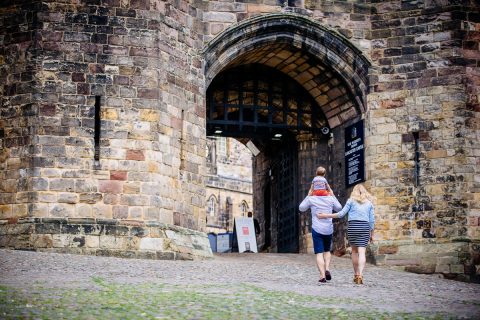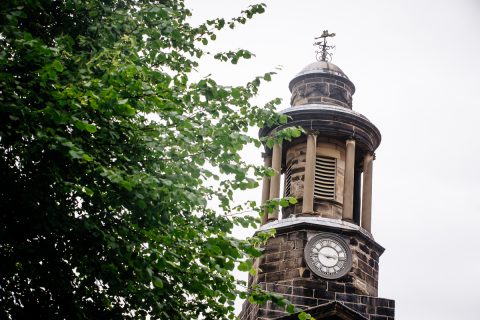List of Subscribers to the Lancaster Canal
 | During the mid-1700s Lancaster’s busy quay was starting to slow, as the river silted up and made it difficult for large ships to continue to bring in their cargo. In a bid to save Lancaster’s future and to help those Lancaster merchants who were now having to trade from Liverpool, it was proposed to build a canal that would link the town and aid the transportation of goods. The initial proposal to construct a canal that linked Lancaster to a route that ran from Kendal through to the Leeds Liverpool Canal did not attract much support in the town at the time. The alternative idea of building a new port at Glasson, at the mouth of the Lune, was better supported and so, for the time being at least, the idea of a new canal was dropped. There remained a drive for the development of the Lancaster Canal and finally in the 1790s John Rennie was asked to re-survey the route. |
THE DAWN OF THE LANCASTER CANAL COMPANY
The company that would oversee the financing and construction of the Lancaster Canal was established as a private venture in 1791. Many of the founding members and subscribers were local businessmen who wanted to provide themselves with a cheap way to transport their goods.
The company was plagued by financial problems and by the end of the century only the section from Wigan to Walton Summit (which is five miles south of Preston), and the section from Preston to Tewitfield had been completed. The two sections had to be linked by a temporary tramway.
Eventually, in 1819 the canal was opened through to Kendal, and by 1826 a branch to Glasson Dock had also been built. The northern and southern sections were never linked by water.
THE NOTEBOOK ITSELF
Accessioned into our collection in 2020, this notebook was used to record the subscription payments from local people.
There are a lot of familiar names in the book to anyone who has read about Georgian Lancaster, but it is interesting to see how many people gave money towards the building of the canal and the wide variety of the amounts that they gave. Donations range from about £100 to about £10,000.
It is very difficult to say exactly what money from the past would be worth now as there are so many ways to calculate it, however, to put this in context the average worker digging the Lancaster Canal would be earning about 24 shillings a week. At that rate, it would take them 192 years and 4 months to earn £10,000!
Sadly, at the moment we don’t know who filled in this notebook, but hopefully, with a bit more research, we might be able to uncover more about it.





















